Haute History: Ann Cole Lowe
According to fashion lore, when Dior examined a piece designed by Ann Cole Lowe he was astounded by her craftsmanship, he had to immediately know: “Who made this gown?”
Lowe designed the dress that Jacqueline Bouvier wore when she married Senator John Fitzgerald Kennedy in 1953, and all the dresses worn by the bridal party. It is one of the most remembered wedding gowns ever; 50 yards “of silk taffeta… embellished with interwoven bands of tucking, finished with a portrait neckline and a bouffant skirt.” The New York Times covered the event, dress included; Lowe was not mentioned. When asked, even when she was married to Onassis, Jackie would say that it had been made by “a colored woman.” One of the first African American fashion designers to receive international acclaim, Lowe’s designs were favored by high society women for 40 years—from the 1920s through the 1960s. Born around 1898 in Clayton, Alabama (exact date unknown), Lowe’s great-grandmother had been enslaved, and had a daughter by the plantation owner in a despicable era of American history where a person of color was property. The child, Georgia Tompkins, was born enslaved, but was emancipated when purchased by a freeman, General Cole.
Janet Auchincloss, Jackie’s mother, had commissioned her own wedding dress from Lowe in 1942 for her second marriage. Auchincloss also brought her daughter Lee to Lowe for a wedding gown about 6 months or so before Jackie’s wedding in 1953. Ultimately, Lee’s dress was designed by Pauline Trigère, which they thought would be cheaper. For Jackie’s dress, Lowe charged about $500, approximately $5,000 today; a similar dress would sell for $1,500 in the same year. Pricing was a constant problem throughout Lowe’s career—she never charged enough for her work.
Lowe saw dressing the woman who would become the Senator’s wife to be an honor. But 10 days before the wedding a pipe broke in Lowe’s atelier, flooding her studio. Jackie’s gown, which had taken 2 months to create, was destroyed, as were most of the dresses for the wedding party. Lowe was devastated, but rallied and found a solution. The designer ordered more fabrics, and her team worked day and night until everything was remade. She never told the family what happened, did not bill for additional costs. Lowe ended up absorbing the expense, and even with her commission the costs nearly bankrupted her.
To hand-deliver the gowns, Lowe took an overnight train to Newport, Rhode Island from Manhattan. When she arrived, the guards at the venue told her that Blacks used the service entrance at the back. Lowe reportedly said “If I have to use the back door, they’re not going to have the gowns!” They let her in through the front.
Lowe learned to sew from her grandmother (Tompkins) and mother (Janey Lowe) who worked as seamstresses for white society women in Alabama. From childhood, she had inherent skills. There are stories about her creating beautiful fabric flowers when she was only 6, decorative elements that would become one of her signatures, details that brought women begging for her work.
Lowe’s mother died when she was 16, leaving an unfinished commission—4 gowns for Alabama’s First Lady, Elizabeth Kirkman O’Neal. While grieving a devastating loss, Lowe somehow finished the order. Around the same time, in 1912, Lowe married Lee Cohen, who expected a homemaker. They had a son, Arthur Lee, and for almost a year she stopped working. Ultimately, she left Cohen for a job—the wife of a Florida tycoon wanted Lowe to be her personal dressmaker. Lowe told the Saturday Evening Post in 1964 that “it was a chance to make all the lovely gowns I’d always dreamed of. I picked up my baby and got on that Tampa train.” Cohen though this much too ambitious and sent Lowe divorce papers. Lowe had ambition, but never too much of it; with the support and encouragement of her employer, she took her son to New York City in 1917 to attend the S.T. Taylor Design School.
The school was segregated, and the head of the school did not know that he had admitted a Black student until she arrived. He tried to make her go, but Lowe would not leave. She was allowed to stay, but had to attend her classes alone, separate from the white students. Regardless, the work she completed while attending the school was so good that they were used as examples to show those students the correct way to do things. Lowe graduated in 1919, about a year early, and moved back to Tampa with Arthur.
At home, Lowe opened a salon, ‘Annie Cohen,’ and eventually had to hire 18 seamstresses to keep up with the demand. If there was a formal affair, you lived in Tampa in the early 1920s, and if you could afford it, you wanted an ‘Annie Cohen.’
But Lowe wanted to be in the most important center of American fashion. By 1928, she had saved up $20,000 and returned to New York, settling in Harlem with her son. She did commissions for department stores like Henry Bendel, Neiman Marcus, and Saks Fifth Avenue. The Great Depression began, and though she survived, it is worth mentioning that Lowe always struggled with money. While relatively expensive, her prices were still a deal. This had a bifold effect—it kept her penny pinching, wealthy clients coming back, but it also meant that she was almost always close to, or recovering from, a financial emergency.
(A note about this department store work—the custom of the time was that the labels in clothing held the name of the shop that sold it, not the name of the designer who made it. In 1946 when accepting an Oscar for Best Actress, Olivia de Havilland wore a gown designed by Lowe. The tag in the dress was for Sonia Rosenberg, the store from which the dress was purchased.)
In 1947, New York World (an important African American newspaper) sent Lowe to Paris to cover the first haute couture fashion week. During the trip, she met Christian Dior who admired her skills, and they got along famously. Back in America, the post-war years were good; it was a prosperous time. The wealthy returned to opera, ballet, theater; formal events. Debutante balls were back in style. Ladies who could indulge in such activities always needed clothes. Lowe was now dressing the daughters of her older clients, and these relationships provided a new generation of customers.
Lowe opened ‘Ann Lowe’s Gowns’ in 1950. Again, she was successful. Her son Arthur was her partner, managed the books, and kept his mother from giving deals to clients who could easily afford to pay reasonable prices. Clients were constantly trying to talk down prices, realizing they could get work on par with Parisian Couture for pennies on the dollar. Even at the height of business, the margins Lowe operated on were terrifying.
Sadly, Arthur died in 1958, in a car accident. In mourning, without Arthur’s guidance, money problems became serious enough that Lowe closed her atelier in 1962 due to outstanding bills. She took a job as the in-house dressmaker at Saks 5th Avenue, but quit soon after. Then the medical problems began, glaucoma, losing her right eye. She could not afford surgery, so her physician performed the operation for free.
Next, it was back taxes. “Society’s best kept secret” owed the IRS $13,000. With no money, and missing an eye, it was a catastrophe for Lowe. “Friends at Henri Bendel and Neiman-Marcus loaned me money to stay open, but the Internal Revenue agents finally closed me up for non-payment of taxes. At my wits end, I ran sobbing into the street.”
Out of the blue the IRS called to say an “anonymous friend” had paid off the debt. In subsequent interviews with both Ebony and The Post, Lowe said she believed Jackie Kennedy had done this—it would never be confirmed. They had stayed in contact, and while it seems unlikely that Lowe would have told the First Lady (social propriety), Jackie was obviously connected enough to find out.
Regardless, Lowe was able to reopen her business, and soon it was once again booming. At her best, Lowe maintained a staff of 35, made nearly 1000 dresses in a year, and grossed approximately $300,000 annually.
Lowe developed a cataract in her left eye but did not lose it. After another surgery, she was able to keep some of her vision; “People tell me I’ve done better feeling than others do seeing.” Ann Copeland, a client in 1964, described watching Lowe work: “Her assistants hovered around her to be certain that she got it all right. No one made dresses as beautifully.” The New York Times would cover the wedding, describe the brides look in great detail but, again, the paper did not name the designer.
Lowe only accepted a certain class of clientele: “I love my clothes and I’m particular about who wears them… I sew for the families of the Social Register.” One such client was Pauline Carver Duxbury, whose gown Lowe designed for her social debut in 1967; “I was 17 years old… the dress made me feel so grown up and beautiful. It is in my mind the most beautiful dress I have ever seen.”
In 1968 she opened ‘Ann Lowe Originals’ on Madison Avenue in Manhattan, the first African American owned business in the center of American fashion. Lowe designed gowns for many of the wealthiest, most connected women in America including the DuPonts, Posts, and Rockefellers. For many of them she designed gowns for generations of women. In 1966 she would tell Ebony, “All the pleasure I have had, I owe to my sewing.”
Lowe retired in 1972, at 71. Essentially broke, she lived with her (adopted) daughter Ruth. Lowe would die there on February 25, 1981 after a long, undisclosed illness.
Though never given proper credit during her lifetime, in the early 2000s this began to change. The John F. Kennedy Library and Museum celebrated the first couple of Camelot’s 50th wedding anniversary with an exhibit in 2003. It included Jackie’s dress, which drew enormous attention, leading to questions about the designer. Instead of being less than a footnote in the history of American fashion, the lady who created impeccable styles for decades of white American socialites began to be recognized for her place as a major designer in the era of Jim-Crow.
Today, Lowe’s dresses are kept in the collection of the Met’s Costume Institute and at the Fashion Institute of Technology. The Smithsonian Institution’s National Museum of African American History and Culture has her gowns on display. In 2016, her work was included in the FIT’s exhibition about the contributions of Black Americans on the history of fashion design. In recent years, 2 children’s books about her life have been published.
“I like for my dresses to be admired. I like to hear about it… Like when someone tells me, ‘the Ann Lowe dresses were doing all the dancing at the cotillion last night.’ That’s what I like to hear.”
-Lowe, 1964

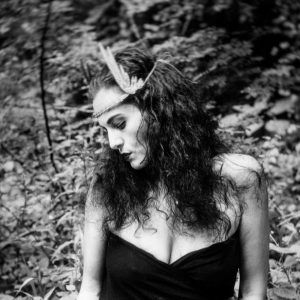
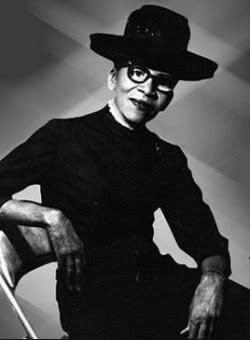
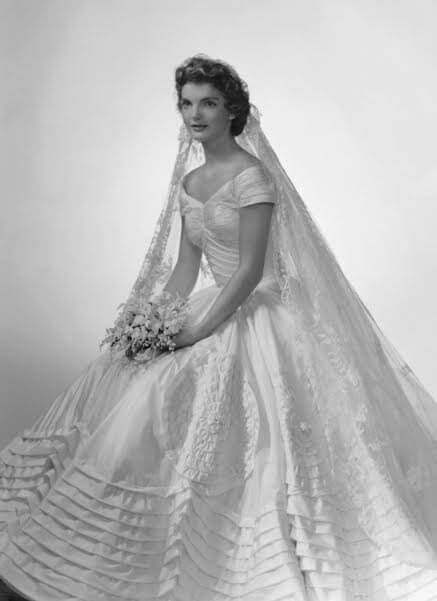
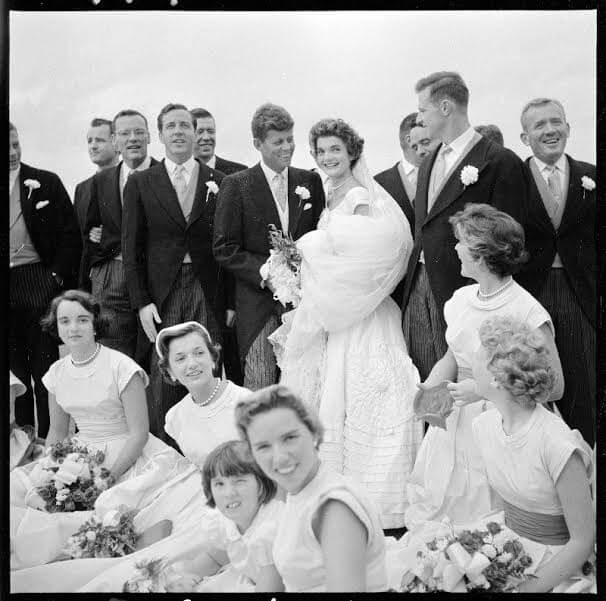
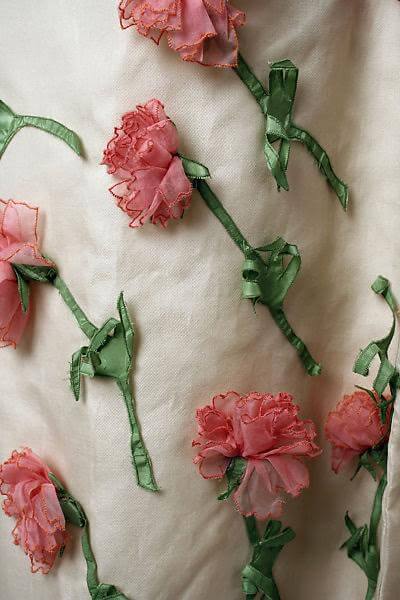
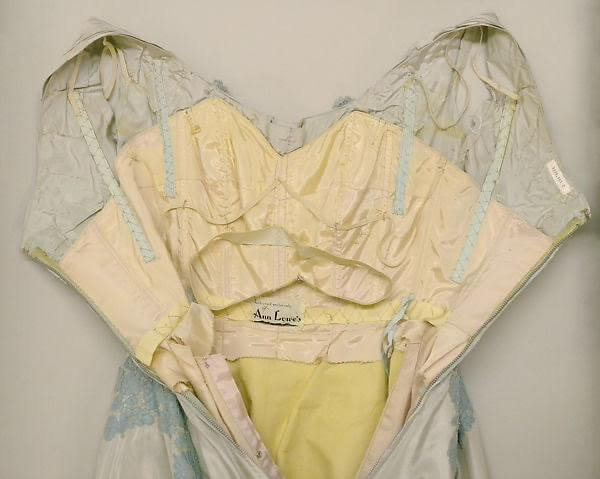
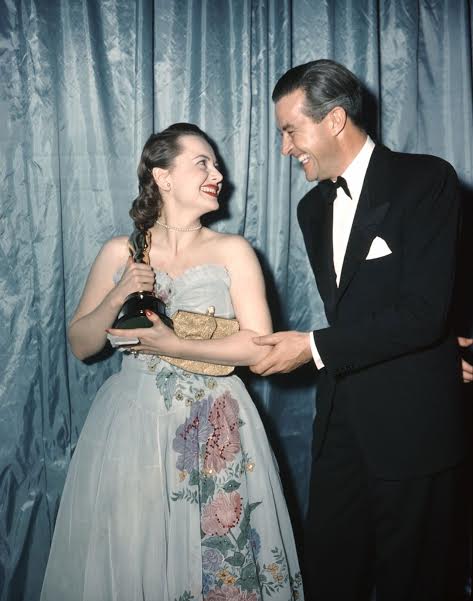
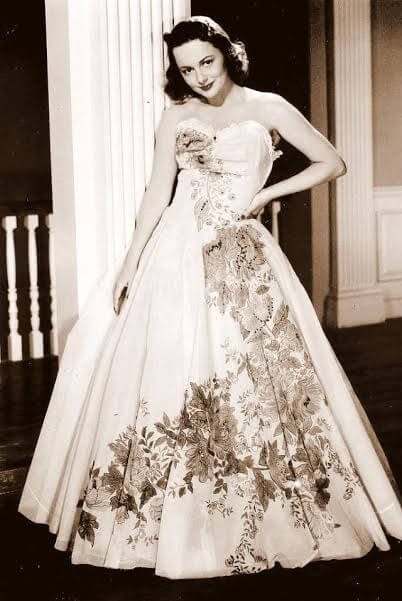
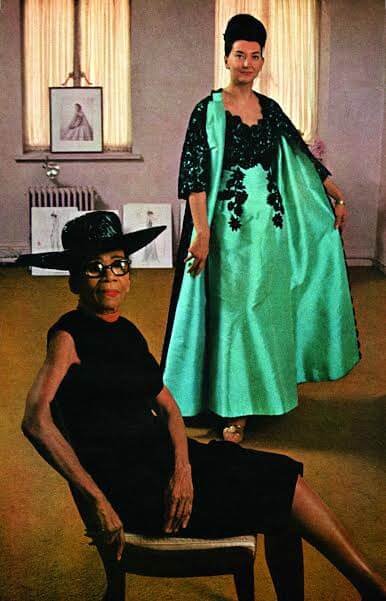
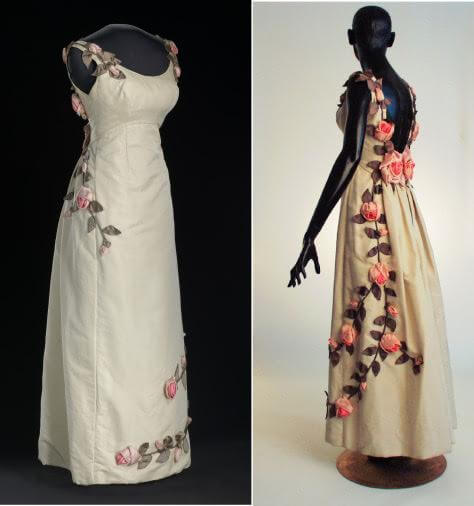
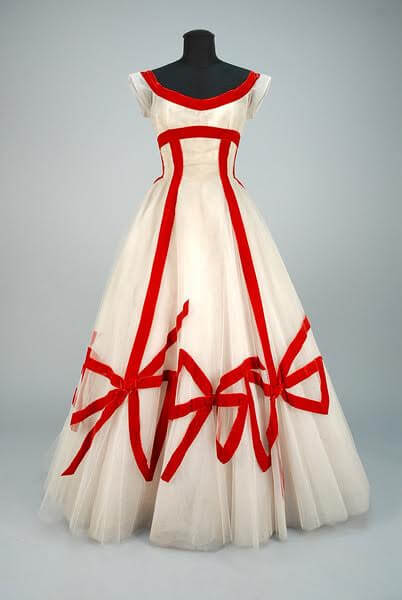
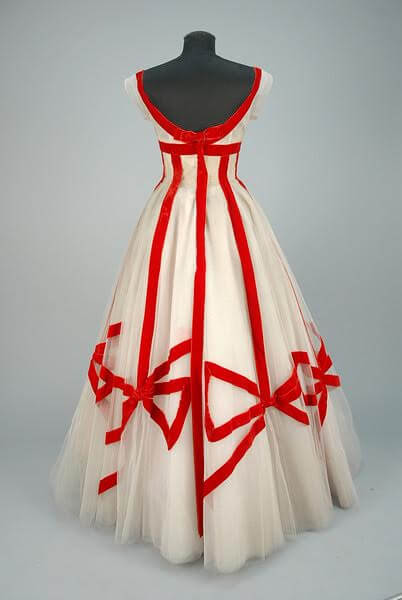
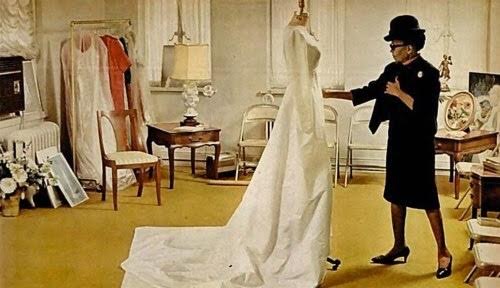
Thank you for the information on Ann Lowe . A exquisite designer of her time. Many designer are using her work.
Ann Lowe was a true genious and brilliant artist.